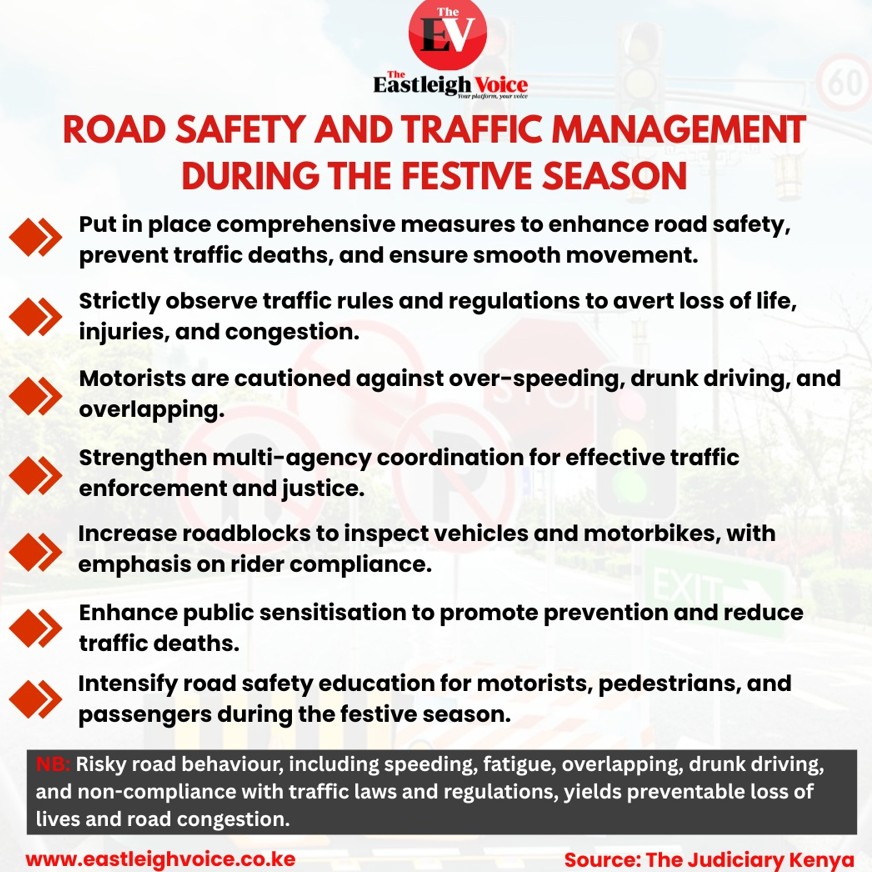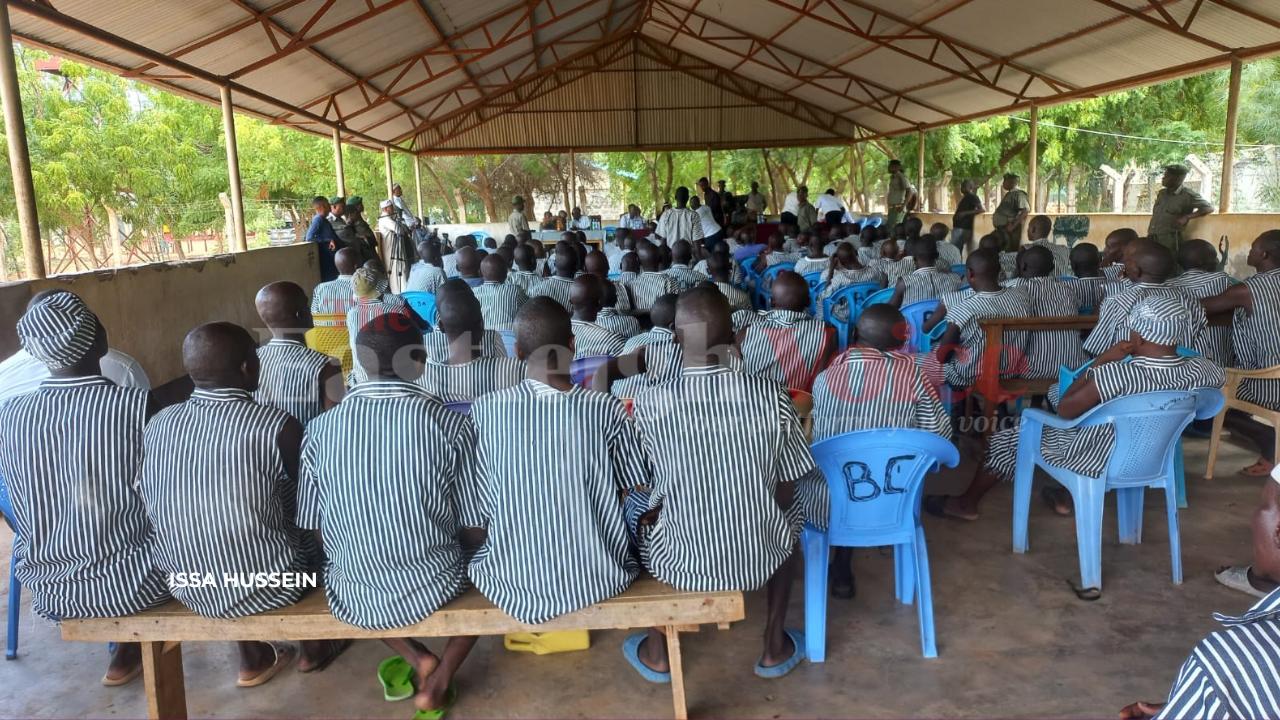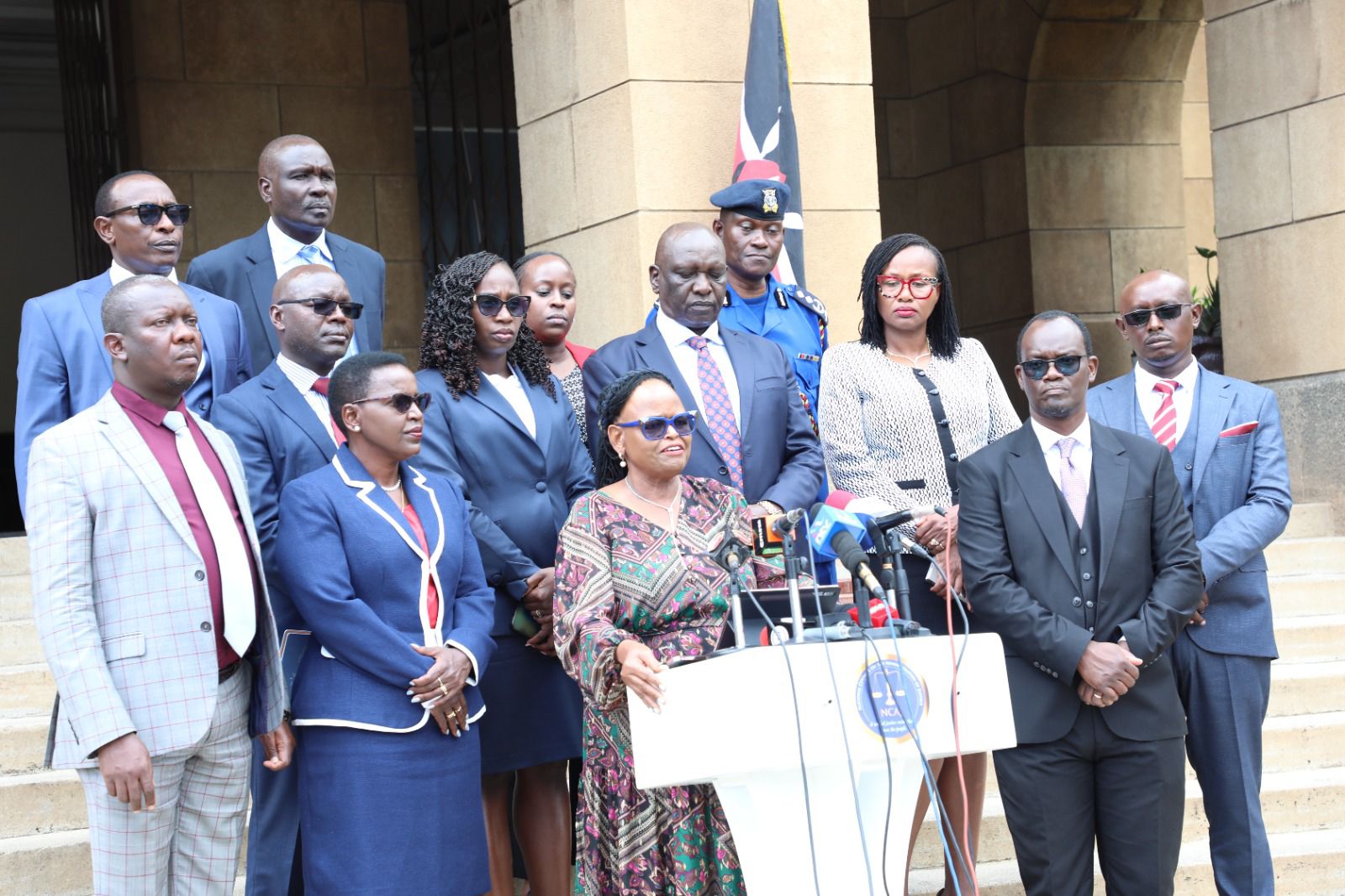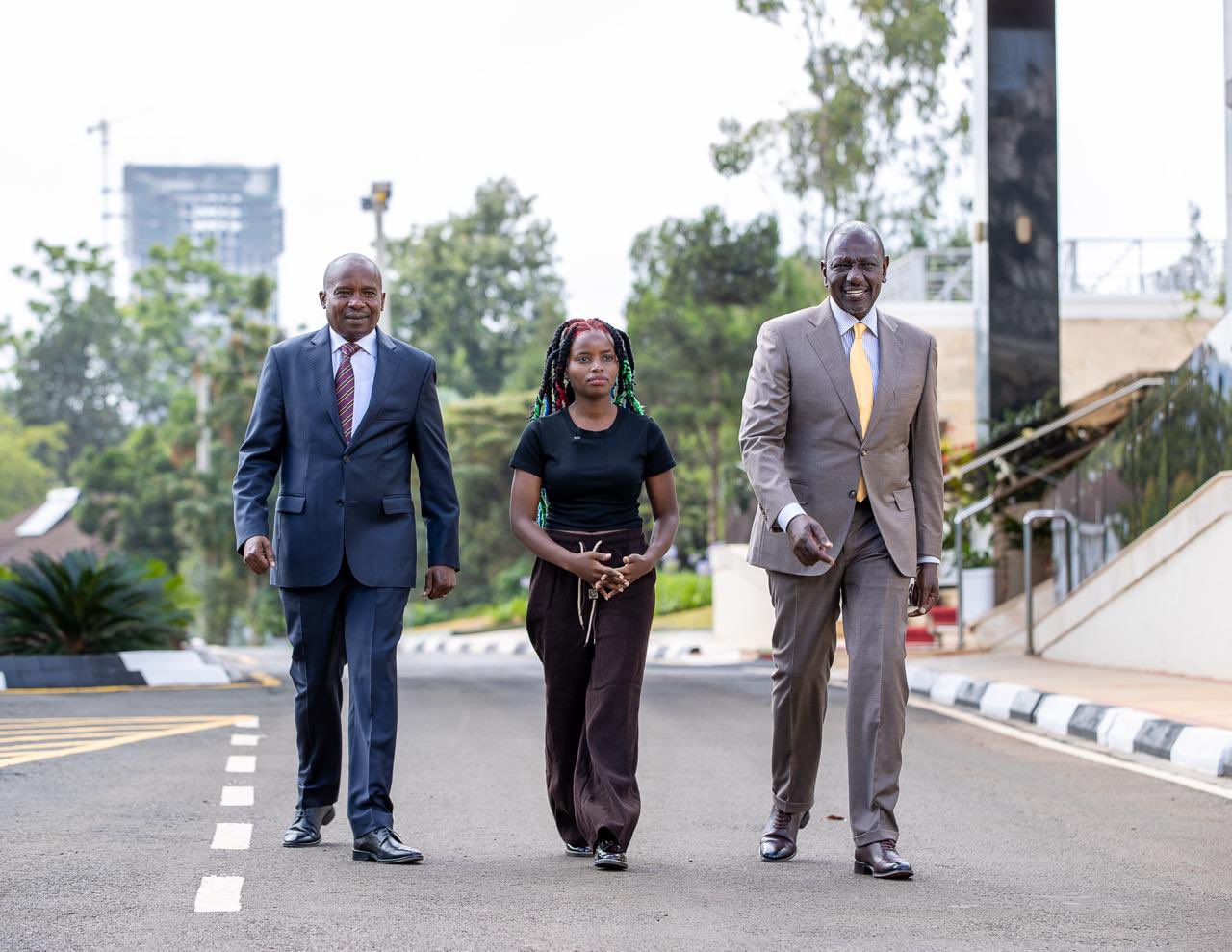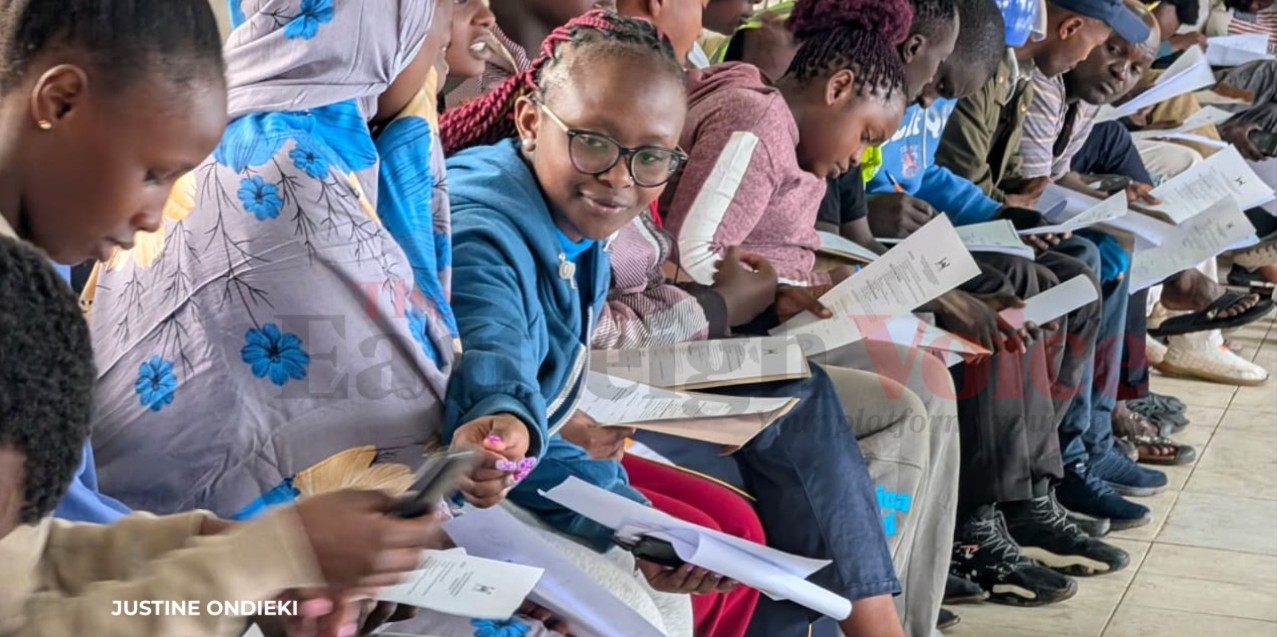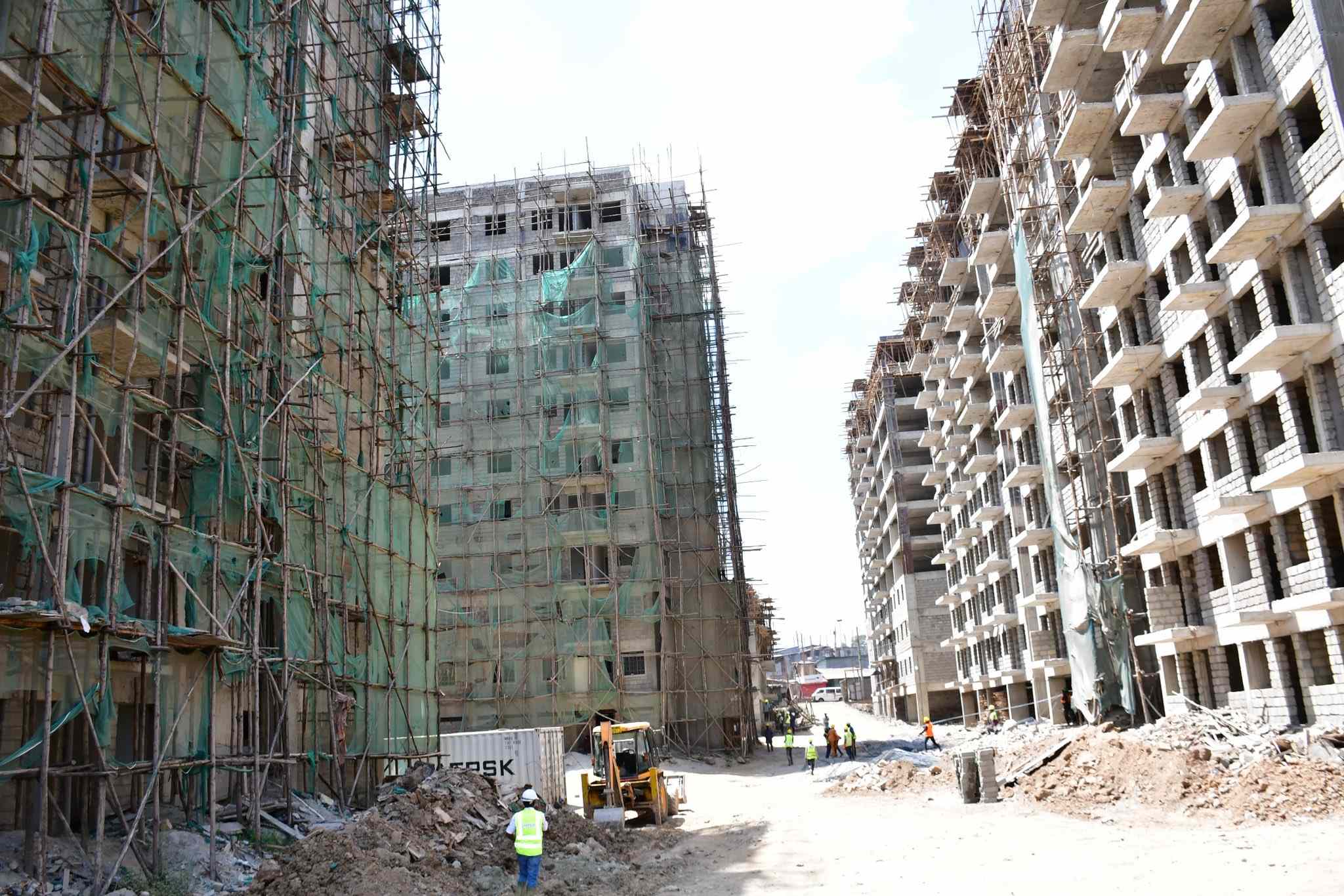North Eastern only behind Nairobi in internet accessibility - CA report

In Q1 of 2023/2024, North Eastern scored 64 per cent in internet accessibility rating while it posted 70 per cent in quarter two of the same period.
North Eastern Kenya is the second highest region after Nairobi in internet accessibility. This is according to the latest Communications Authority of Kenya report on ways in which media is consumed.
The report, referred to as the Audience Measurement and Industry Trends Report for the second Quarter of the financial year 2023-2024, now indicates that there is an improvement in internet accessibility in the northern frontier region that has in the past posted poor internet penetration and use.
More To Read
- How Nairobi vendors are cashing in on trending pineapple-chilli snack
- Kenya’s 5G users hit 1.5 million as adoption accelerates
- Inside the rise of news influencers transforming media in Kenya, Nigeria and South Africa
- Faith under fire: How social media fuels rising attacks on religions, followers in Ethiopia
- North Eastern Commissioner urges multi-sectoral cooperation to bolster regional security
- Outcry as Communications Authority proposes DNA rule for SIM registration
In the report, South Nyanza records the lowest internet availability.
In Q1 of 2023/2024, North Eastern scored 64 per cent in internet accessibility rating while it posted 70 per cent in quarter two of the same period.
Nairobi scored 75 percent in Q1 2023/ 2024 while it got 83 percent in the second quarter of the same period.
The South Nyanza region which had the lowest ranking, posted 44 per cent in Q1 2023/ 2024 while it got 41 per cent in the same period under review.
"The prevalent mode of internet access is primarily through smartphones, underscoring the pivotal role these devices play in facilitating connectivity and information access for a wide range of users," notes the report.
It explains that as mobile technology continues to advance, there is equitable access to smartphones that has thus become crucial for fostering digital inclusion and bridging gaps in connectivity across various demographics.
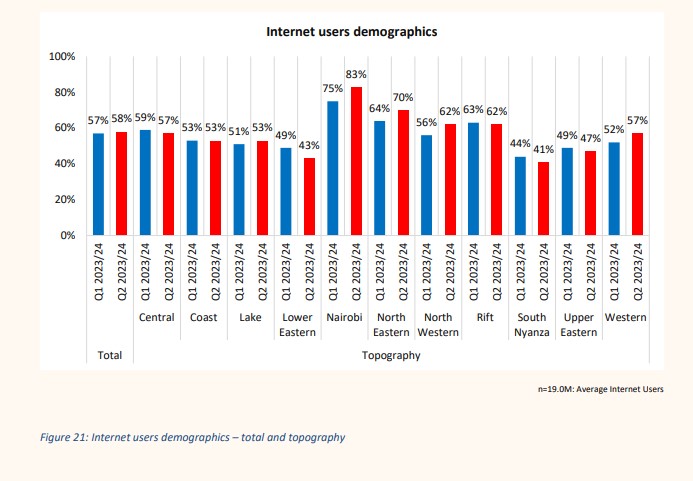
The report however noted that Kenya's urban areas still lead in strong internet connectivity as opposed to rural areas. It indicates that the increased prevalence of internet access in urban areas can be attributed to well-established infrastructure, featuring a comprehensive network of high-speed broadband and cellular connectivity.
Last year, Communications Authority of Kenya Communications Officer Chiimbiru Gimode said plans were being set in motion to connect locations in Marsabit and other devolved units in the northern frontier region to increase internet connectivity.
"The Communications Authority of Kenya has unveiled a second phase of mobile network connectivity which will see 101 unserved sub-locations covered," Gimode said.
On mobile connectivity, the Authority connected 78 sub-locations, covering 330,342 people spread across 15 counties in Kenya.
In Marsabit County, 10 sub-locations were connected. The sub-locations include Kituruni, Songa, Karare, Elhadi, Balesa, Ndikir, Ngurnit, Lonyari Pichau, Badasa, and Ilaut.
He spoke after holding engagement forums in Balesa, Kituruni, Karare Scheme, Songa, Elhadi, Ndikir, Ngurunit, and Lonyori Pechau sub-locations over the importance of the communications infrastructure and the opportunities that abound for residents in these areas.
In Marsabit poor wireless network signal strength has been making communication and accessing the internet as well as content downloading a frustrating experience.
In remote schools in the Laisamis sub-county such as Ndikir Primary School, teachers go through the daily grind of walking seven kilometres to the top of nearby hills to make phone calls or send electronic mail.
The latest report also outlined that traditional radio sets remain the main medium for radio consumption, while mobile phones contribute significantly, making up about one-third of radio listenership.
Television viewership is primarily through television sets while social media consumption is also high and accessed using mobile phones.
"Overall, these findings emphasise the diverse and interconnected ways through which individuals engage with various media platforms in contemporary society," the report states.
Most people prefer radio and TV as their primary means of receiving information.
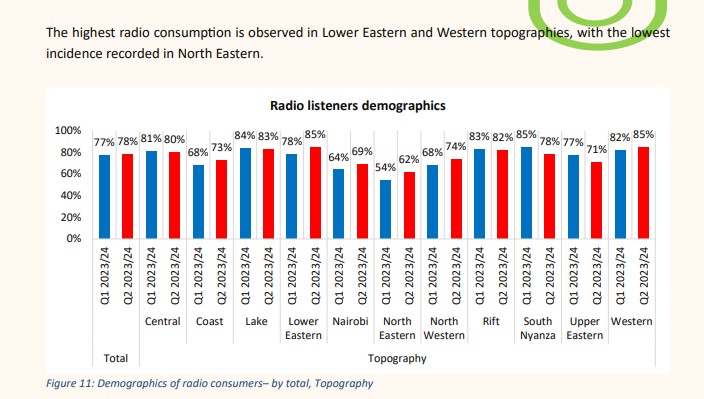
A review of the current and previous quarters shows that there has been a modest change in engagement for radio, television, and the internet.
"The highest radio consumption is observed in Lower Eastern and Western topographies, with the lowest incidence recorded in the North Eastern," notes the report.
Northern Kenya residents scored lowest in TV viewership as opposed to other regions.
"TV viewership is more pronounced in urban areas, with Upper Eastern leading in viewership, followed by Central and Nairobi topography. Conversely, the lowest incidence of TV viewership is recorded in North Eastern regions."
The report attributes the disparities in TV viewership patterns across different geographic regions to underscore the importance of tailoring media strategies to specific areas.
Radio listenership in North Eastern in Q1 2023/2024 was at 54 per cent and shot up to 62 per cent in the same quarter.
The western region that indicated immense love for radio listenership scored 82 per cent in Q1 2023 /2024 while posting 85 per cent in the second quarter.
On TV viewership, the North Eastern region scored 53 per cent in the first quarter of the period under review while scoring 46 per cent in the same period.
The Central Kenya region that indicated the highest number of people depending on television for receiving information scored 83 per cent in the first quarter and 87 in the second quarter of the period under review respectively.
Top Stories Today
